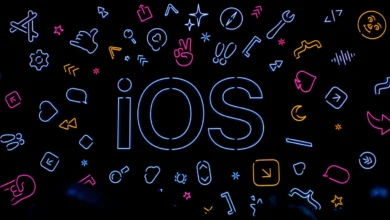The new app tracks human mobility and COVID-19

Analyzing how people move about in their daily lives has long been important to urban planners, traffic engineers, and others developing new infrastructure projects.
But amid the social restrictions and quarantine policies imposed during the global spread of COVID-19–which is directly linked to the movement of people–human mobility patterns changed dramatically.
To understand just how COVID-19 affected human movement on a global scale, Shouraseni Sen Roy, a professor in the College of Arts and Sciences Department of Geography and Sustainable Development, and graduate student Christopher Chapin developed COVID-19 vs. Human Mobility, an innovative and interactive web application that, shared in a new study, shows the connections between human mobility, government policies, and cases of COVID-19.
Related: 5 Best Apps To Help You Get A Good Night’s Sleep
“At a macro level, understanding movement patterns of people can help influence decision making for higher-level policies, like social gathering restrictions, mask recommendations, and tracking the spread of infectious diseases,” said Sen Roy. “At a local level, understanding the movement of people can lead to more specific decisions, like where to set up testing sites or vaccination sites.”
Using a collection of big data sets, Chapin, who in May earned his Master of Science in Business Analytics with a minor in geospatial technology, developed the web application from three independent sources: Apple Maps, which provides data on human movement via walking, driving, and public transportation; Oxford University’s COVID-19 Government Response Tracker, which provides data on government policies implemented during the pandemic; and global cases of COVID-19 gathered by Johns Hopkins University.
“Putting together this data application was a very ambitious project,” said Chapin, the lead author of the study in the Journal of Geovisualization and Spatial Analysis. “I’m really proud of the end result and grateful that Dr. Sen Roy pushed me to get the application published. Now other researchers can access the massive amount of data on COVID-19 and human mobility on a global scale.”
Related: The Best Travel Apps for iOS and Android 2021
Users of the interactive web application can select a country, or a specific state or county in the U.S. and view comparisons between human mobility and COVID-19 cases across time. They also can view information on government policies in relation to the spread of COVID-19.
“Since the initial launch, we have continued to update the application with appropriate data at regular intervals,” said Sen Roy. “The web application produces interesting visualizations that can reveal fascinating trends specific to a given area that might otherwise not be recognized.”
During their exploration of the data, the researchers found a handful of case studies that suggested interesting trends. For example, in New Orleans, the application shows a spike in human mobility at the end of February 2020, which coincided with Mardi Gras celebrations. Coincidentally, there was a corresponding spike in COVID-19 cases almost a month after the event.
“We are hoping to garner more conversation and interest in the application that can help us and other researchers continue to see how COVID-19 has and continues to impact our world,” said Sen Roy.
Although the application is specific to the pandemic, she noted that the framework could be modified rather easily to create a similar application for natural disasters–as long as appropriate data sets are available.
“Understanding historic mobility patterns, both under normal circumstances and in response to extreme events like a pandemic or a natural disaster, is surely needed for policymakers to make informed decisions regarding transportation systems and more,” she said. “In this context, we hope that our application can be of use.”
The study, “A Spatial Web Application to Explore the Interactions between Human Mobility, Government Policies, and COVID-19 Cases,” is available online.











